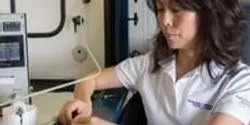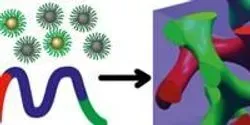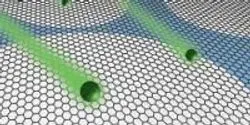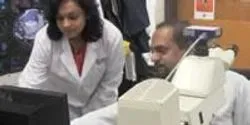nanotechnology

A research team at the Georgia Tech Research Institute (GTRI) has developed a small electronic sensing device that can alert users wirelessly to the presence of chemical vapors in the atmosphere. The technology, which could be manufactured using familiar aerosol-jet printing techniques, is aimed at myriad applications in military, commercial, environmental, healthcare and other areas.

Before doctors like Matthias Kretzler can begin using the results of molecular research to treat patients, they need science to find an effective way to match genes with the specific cells involved in disease. As Kretzler explains, finding that link would eventually let physicians create far more effective diagnostic tools and treatments.

Carnegie Mellon University's Metin Sitti Develops System for Replicating How Geckos Keep Webbed Feet Sticky and Clean.

For close to two decades, Cornell University scientists have developed processes for using polymers to self-assemble inorganic nanoparticles into porous structures that could revolutionize electronics, energy and more.

New technique developed at MIT produces highly selective filter materials, could lead to more efficient desalination.

Clemson University researchers have developed nanoparticles that can deliver drugs targeting damaged arteries, a non-invasive method to fight heart disease.

With more than 1,600 products using nanotechnology on the market, a team of undergraduate researchers at North Dakota State University (NDSU) is examining how people perceive such products and how these products might ultimately affect the environment.











